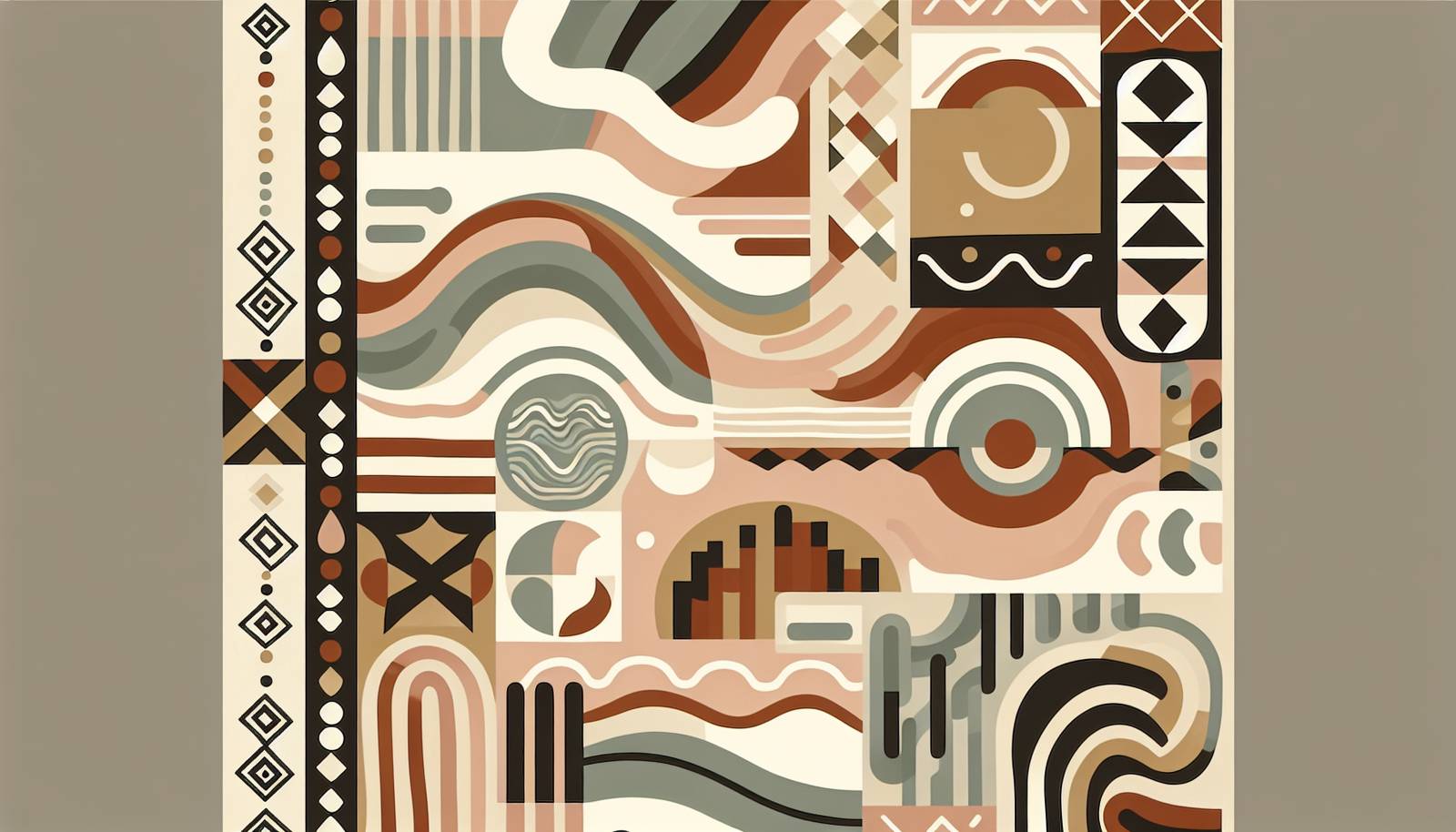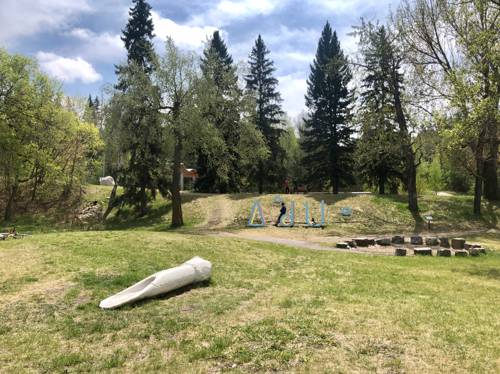
FAQ About The Impact of Indigenous Languages on Contemporary Art

How do indigenous languages influence contemporary visual arts?
Indigenous languages impact contemporary visual arts by infusing them with unique cultural narratives and perspectives. Artists often draw upon their linguistic heritage to express identity, heritage, and community values in their work. This incorporation of language can manifest in various forms, such as using traditional scripts, incorporating storytelling elements native to the language, or evoking symbolism that is linguistically significant.

Can you give examples of contemporary artists using indigenous languages in their work?
Contemporary artists like Jeffrey Gibson, who identifies with the Cherokee and Choctaw nations, incorporate indigenous words and phrases into their visual art, enhancing its cultural richness and personal meaning. Similarly, New Zealand artist Lisa Reihana uses Māori language and oral traditions to deepen the narrative layers of her digital installations.

What role do indigenous languages play in performing arts today?
In contemporary performing arts, indigenous languages help preserve cultural stories and traditions while offering unique expressions through music, dance, and theater. The use of indigenous languages allows artists to communicate concepts and experiences that are deeply tied to their heritage, providing audiences with a more authentic and nuanced understanding of their culture.

How does the use of indigenous languages reshape artistic narratives?
The use of indigenous languages reshapes artistic narratives by providing alternative worldviews and historical contexts. Artists can challenge dominant cultural narratives and stereotypes by highlighting indigenous perspectives that have historically been marginalized. This process not only enriches the artistic work but also promotes cultural diversity and inclusivity in the arts.

In what ways do indigenous languages contribute to cultural preservation in art?
Indigenous languages contribute significantly to cultural preservation in art by embedding traditional knowledge, beliefs, and practices within modern artistic expressions. This preservation is critical as it ensures that the language and associated cultural heritage are kept alive and visible in contemporary settings, educating and informing both present and future generations.

Are there any specific art movements focused on indigenous languages?
While not exclusively an art movement, there has been a growing emphasis in the contemporary art scene on decolonization and the revitalization of indigenous languages. This involves recognizing and elevating indigenous art forms and languages, often led by indigenous artists who seek to reclaim their narratives and cultural spaces.

What challenges do artists face when integrating indigenous languages into contemporary art?
Artists may face several challenges when integrating indigenous languages into contemporary art, including the potential for cultural appropriation, misrepresentation, and the oversimplification of complex linguistic and cultural dynamics. Additionally, there may be limited access to resources and support for learning and accurately using these languages, particularly if they are endangered or have few fluent speakers.

How do indigenous languages enhance the aesthetic aspect of contemporary art?
Indigenous languages enhance the aesthetic aspect of contemporary art by adding layers of cultural symbolism and meaning that might not be immediately apparent to those unfamiliar with the language. The visual appearance of the script, the rhythmic qualities of the spoken word, and the cultural stories they convey can all contribute to a richer sensory experience for the audience.

What impact do indigenous languages have on the identity of artists?
For many artists, indigenous languages are a vital component of their identity. They provide a connection to their heritage, community, and ancestral history. By incorporating their native languages into their art, artists can assert their cultural identity, challenge cultural erasure, and share their personal and communal stories with a broader audience.

How are digital technologies helping to promote indigenous languages in contemporary art?
Digital technologies are playing a crucial role in promoting indigenous languages in contemporary art by providing platforms for sharing and preserving language resources and artworks globally. Artists can use digital media to integrate traditional languages into new forms such as digital storytelling, virtual reality experiences, and social media art projects, reaching audiences worldwide.
